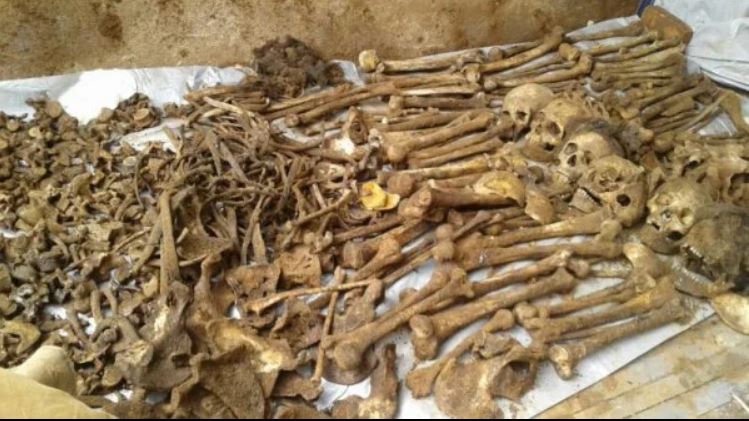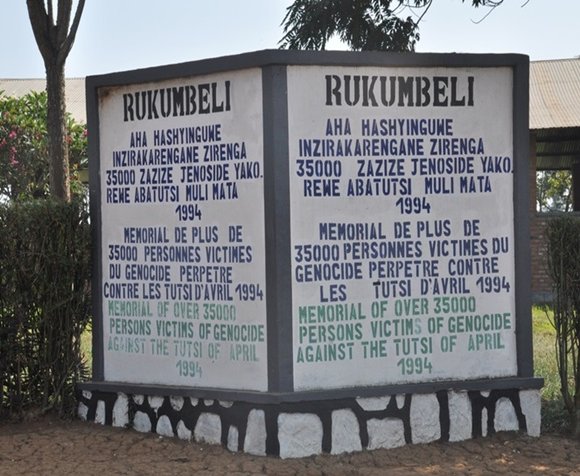
Remains of 1994 Genocide against the Tutsi continue to be discovered 26 years on.
More than 600 remains of victims of the 1994 Genocide against Tutsi have so far been recovered along Lake Mugesera since July when the first remains were unearthed in the area.
In a series of community led operations, on Monday residents managed to unearth 180 remains of genocide victims who were killed in Rwamibabi village, Ntovi cell, Rukumberi sector in Ngoma district.
The discovery of the remains is part of a month long search operation that started this August and sparked off after children playing near Lake Mugesera sighted human remains along the lake shores.
The children reportedly told their mother of what they had seen and she also subsequently informed local authorities in the area.
This information led to a series of discoveries of remains of undocumented genocide victims with five bodies unearthed on August 27, more 42 bodies on September 2nd, and two days later 120 bodies were found.
Jean Pierre Musafiri, the president of the umbrella association of Genocide against the Tutsi Survivors Organisations (Ibuka) in Ngoma district said that failure to disclose information on whereabouts of genocide victims impedes the path towards unity and reconciliation.
“It is very disheartening for genocide survivors when someone decides to withhold information despite being forgiven or punished for their crimes,” Musafiri said.
In the twist of the discoveries, Musafiri stated that it will be hard to identify the victims because the remains have no clues like clothes which can easily enable surviving families to identify them.
In his view Musafiri said that: “The remains are totally damaged and mixed up with young and old victims which makes it hard to identify each of the victims”

Rukumberi is know for some of the biggest massacres targeting the Tutsi during the 1994 Genocide against the Tutsi.
Tracing remains of genocide victims in Rwanda has proven difficult especially that persons who committed genocide continue to conceal information on whereabouts of the bodies.
More than one million were killed during the 1994 genocide against Tutsi but less than 500.000 have so far been given a decent burial, which leaves survives with non-closure to deaths of their family and friends
In the financial year 2020-2021, Rwanda now plans to purchase technology from Israel that will be used to discover the remaining bodies whose whereabouts have not been disclosed as a result of silence on evidence of genocide crimes.
“In the next budget government plan to buy, for starters, at least two machines each estimated at Rwf200m which can identify the remains underneath the earth surface,” Dr. Jean Damascene Bizimana, the CNLG Executive Secretary said in January.
Unprecedented discoveries of genocide remains continue to be made. This week, 141 bodies were unearthed in Gisenyi town Rubavu district, and many more expected to be found in the area- which is home of former president Juvenal Habyarimana.
In 2018, In Gisagara district, more than 50,000 bodies were buried in a temporary Genocide memorial in Kabuye, Ndora sector, at the place where Sindikubwabo made the incendiary speech
Last year over 84,435 bodies were exhumed from various parts of Kigali.
The bodies were found in less than ten mass graves in Kicukiro with a total 52,861 bodies, Gasabo 31,554 bodies and Nyarugenge with 20 bodies.
.

